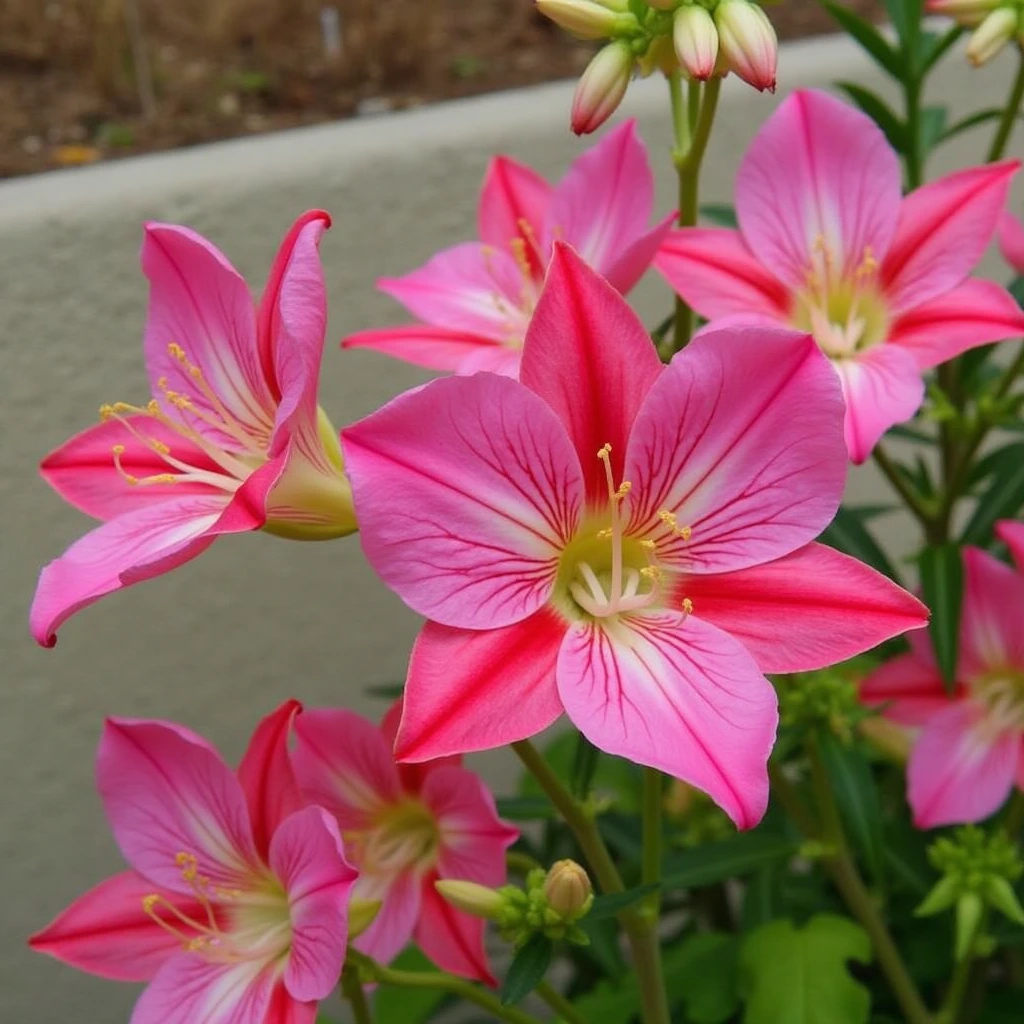Bell-shaped flowers are admired for their graceful, drooping blooms that add charm and elegance to gardens. These flowers come in various colors, sizes, and species, making them a versatile choice for garden enthusiasts. They are also popular for attracting pollinators like bees and hummingbirds while adding a touch of whimsy to landscapes.
Many gardeners favor bell-shaped flowers for their low-maintenance nature and ability to thrive in different environments. According to Pacific Horticulture, species like Campanula (bellflowers) are hardy perennials that flourish in well-drained soil and moderate sunlight.

Popular Varieties of Bell-Shaped Flowers
1. Campanula (Bellflower)
- Colors: Blue, purple, white, and pink.
- Growing Conditions: Prefers full to partial sun and well-drained soil.
- Notable Species: Campanula persicifolia (Peach-leaved bellflower) features tall spikes of delicate, bell-like blooms.
For more on Campanula varieties and their care, visit Horticulture.co.uk.
2. Lily of the Valley (Convallaria majalis)
- Colors: White, with a soft fragrance.
- Growing Conditions: Thrives in moist, shaded areas.
- Bloom Season: Late spring.
3. Foxglove (Digitalis)
- Colors: Pink, purple, white, and yellow.
- Growing Conditions: Prefers partial shade with well-drained soil.
- Bloom Season: Early to mid-summer.
4. Coral Bells (Heuchera)
- Colors: Red, pink, and white.
- Growing Conditions: Thrives in partial shade and well-drained soil.
- Bloom Season: Late spring to early summer.
For more on flowers that resemble bells, check out The Spruce.

How to Grow and Care for Bell-Shaped Flowers
- Soil: Most bell-shaped flowers prefer well-drained, rich soil with organic matter.
- Sunlight: Varies by species, but most thrive in partial sun to full sun.
- Watering: Keep soil consistently moist but avoid overwatering.
- Fertilization: Use a balanced, slow-release fertilizer in early spring.
- Pruning: Remove spent blooms to encourage continuous flowering.
Landscaping Uses
- Garden Borders: Campanula works well in pathway edges and flower beds.
- Cottage Gardens: Daffodils and Foxgloves complement rustic-style gardens.
- Containers and Hanging Baskets: Coral Bells and Lily of the Valley add beauty to small outdoor spaces.

Common Questions About Bell-Shaped Flowers
1. Are bell-shaped flowers easy to grow?
Yes, most are low-maintenance and thrive in various climates.
2. What flowers look like bells?
Some common ones include Campanula, Lily of the Valley, Foxglove, and Coral Bells.
3. Do bell-shaped flowers attract pollinators?
Yes! Their unique shape and nectar-rich blooms attract bees and hummingbirds.
4. What’s the best soil for growing bell-shaped flowers?
Well-drained, nutrient-rich soil is ideal for most varieties.
Conclusion
Bell-shaped flowers bring delicate beauty and structure to any garden. With easy-care requirements and a variety of species, these flowers are a fantastic addition to landscapes, containers, and borders. Whether you’re looking for wildflower-style blooms or structured elegance, these flowers offer versatility and timeless charm!

